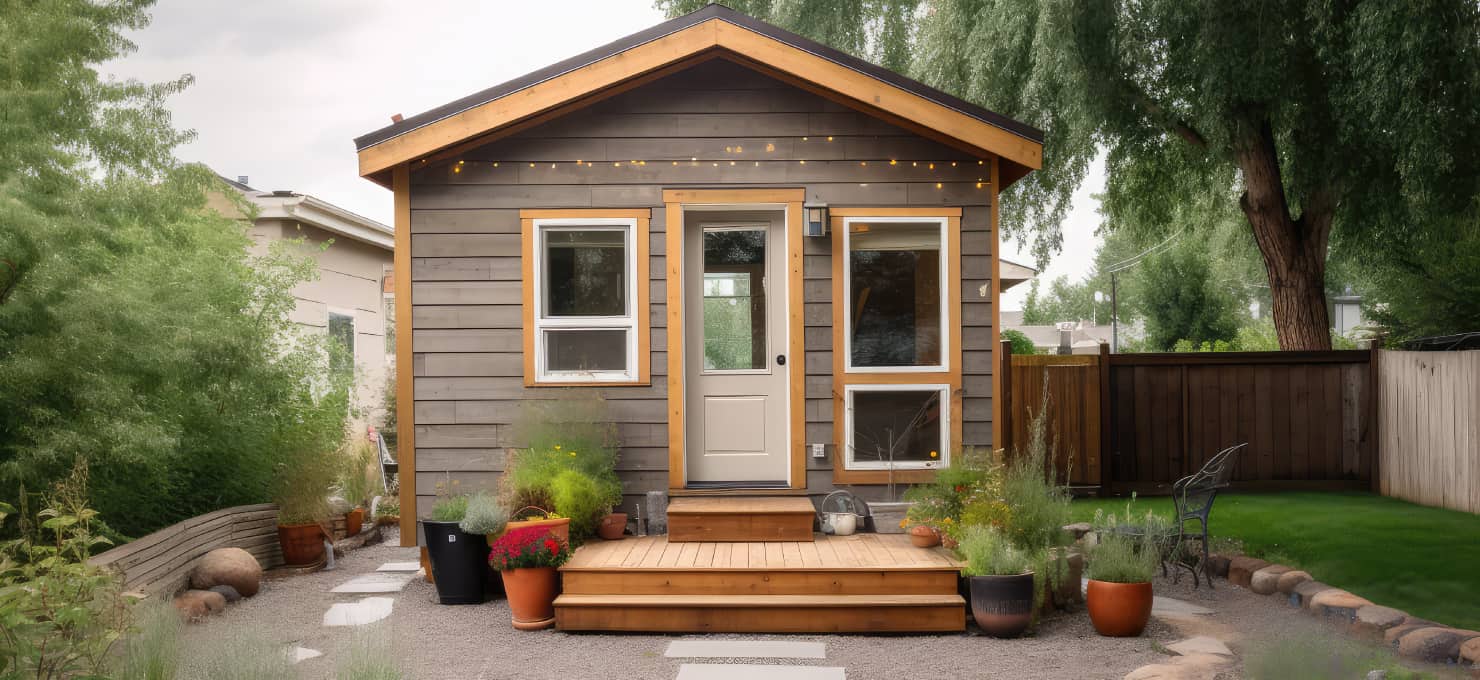
Attached dwelling units, called ADUs or accessory dwelling units, have become increasingly popular in recent years due to their numerous benefits for homeowners and communities. These versatile living spaces, typically located on the same property as the primary residence, offer a range of advantages that contribute to the overall well-being of homeowners and can address various housing needs within a community. In this comprehensive exploration, we will delve into the key benefits that attached dwelling units offer.
Increased property value
An added stroke in growing the property value is the potential step of adding an attached dwelling unit. ADUs are offering a flex space; this property becomes a more prospective purchase for the prospective home buyer. On the other hand, adding ADUs improves the value of homes as, in most cases, they even cost more than the traditional ones. Consequently, this also results in owners making more money on investment. Flexibility and variability of use that lend the multiple living spaces may adhere to the needs and requirements of a diverse range of clients, including multigenerational families, renters, or citizens aiming for additional money sources.
Rental income
ADUs allow homeowners to create rental income by providing an additional location. Rental of an attached dwelling unit could be a relatively passive income source for homeowners, which, most certainly, helps them pay off a mortgage or win over other expenses. AirBnB and VRBO platforms create this advantage for homeowners considering short-term rental opportunities, primarily in tourist destinations and areas with skyrocketing demand. Such extra earnings afford homeowners better free fall, and they may use the funds to save, invest, or achieve other objectives.
Multigenerational living
Attached dwelling units have many benefits because they are an ideal solution for families with multiple generations who want to live together while fostering some degree of privacy. It does not matter whether someone cares for parents, adult children, or an extended family group since an ADU provides them with a separate living space with essential amenities such as a kitchen, bathroom, and living space. It creates an atmosphere of fellowship in which siblings can enjoy the real benefits of family life while having time for one’s personal life. Another advantage of ADUs is that they can make it possible for families to provide care for elderly relatives or anyone with disability by simply incorporating a live-in unit in their homes.
Affordable housing options
Housing units attached in areas with abatement and affordability problems can serve as ways of settling the constraint on options. These (ADUs)are considered an affordable housing solution compared to one-bedroom apartments or single-family homes. At the same time, people from the lower to middle economic classes can afford them. Boosting the housing supply while keeping the density of ADUs at a reasonable level can be an excellent measure to balance the housing market and ease the rise in housing prices. There are also prospects for upcoming local governments in which they can offer incentives or hasten the permitting process for developing ADUs to combat housing affordability.
Flexible use of space
A detached dwelling unit can provide any homeowner with many more options for utilizing the entire area of his residence. It is conceivable that ADUs will execute their role not only as rental housing places, not only as guest quarters, not only as home offices, not only as studios, not only as fitness centers but will also adapt to the changing realities of the residents during the time. This enhanced potency enables homeowners to maximize the use of their real estate and comfortably manipulate their living arrangements depending on the changing lifestyles or their family lifestyle. ADUs are essential for commuters and shorten the working distance of those who work remotely, as they provide a separate room as a workplace away from a main house. ADUs boost the functionality and price of homes by maximizing the use of space. Through this, they increase the economic and social utility of such dwellings.
Sustainable living
The ADU model integrates green development practices and uses existing infrastructure and resources effectively. By transforming idle residential properties into ADUs, urban sprawl is not encouraged. That is because there is no need for new land development as urban space is expanded. Furthermore, ADU designs usually give little space to units; energy-saving is one of the elements used, including solar panels, highly efficient insulation, and provision of water-saving faucets. This focus on sustainability is in line with broader environmental goals such as the decrease of greenhouse gas emissions and the conservation of natural resources. ADUs’ purpose is to help create sustainable and resilient communities. Homeowners can play their part by opting to build or invest in ADU.

